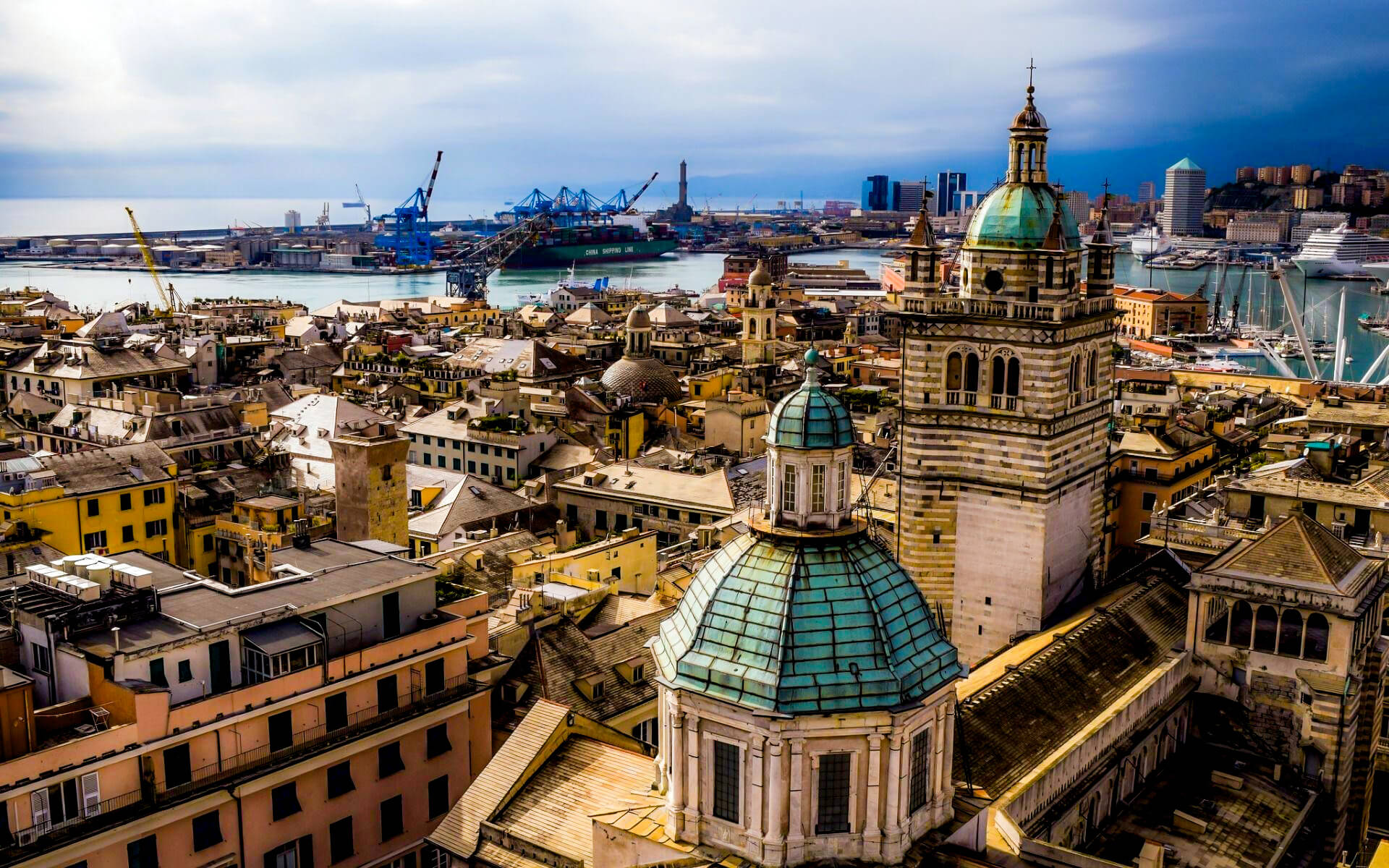Genoa is the capital of Liguria and Italy’s sixth biggest city, with a population of 588,688 people living inside its administrative boundaries on a land area of 243.6 km2 (94 sq mi). The Genoa Metropolitan City urban area has an official population of 862,885. The Genoa Metropolitan Area is home to around 1.5 million people. Genoa is the biggest seaport in Italy and one of Europe’s major cities on the Mediterranean Sea.
Because of her magnificent history and spectacular monuments, Genoa has been dubbed la Superba (“the Proud One”). In 2006, UNESCO listed a portion of Genoa’s old town on the World Heritage List (see below). The city’s strong cultural past, particularly in art, music, and food, earned it the title of European Capital of Culture in 2004. It is where Christopher Columbus and Niccol Paganini were born.
Genoa is one of the country’s main economic centers, located at the southern end of the Milan-Turin-Genoa industrial triangle in northwestern Italy. Since the nineteenth century, the city has housed enormous shipyards and steelworks, and its strong banking sector extends back to the Middle Ages. The Bank of Saint George, established in 1407, is one of the world’s oldest and has played an essential part in the city’s economy from the mid-fifteenth century. Today, the city is home to a number of notable Italian corporations, including Selex ES, Ansaldo Energia, Ansaldo STS, Edoardo Raffinerie Garrone, Piaggio Aerospace, and Costa Cruises.


